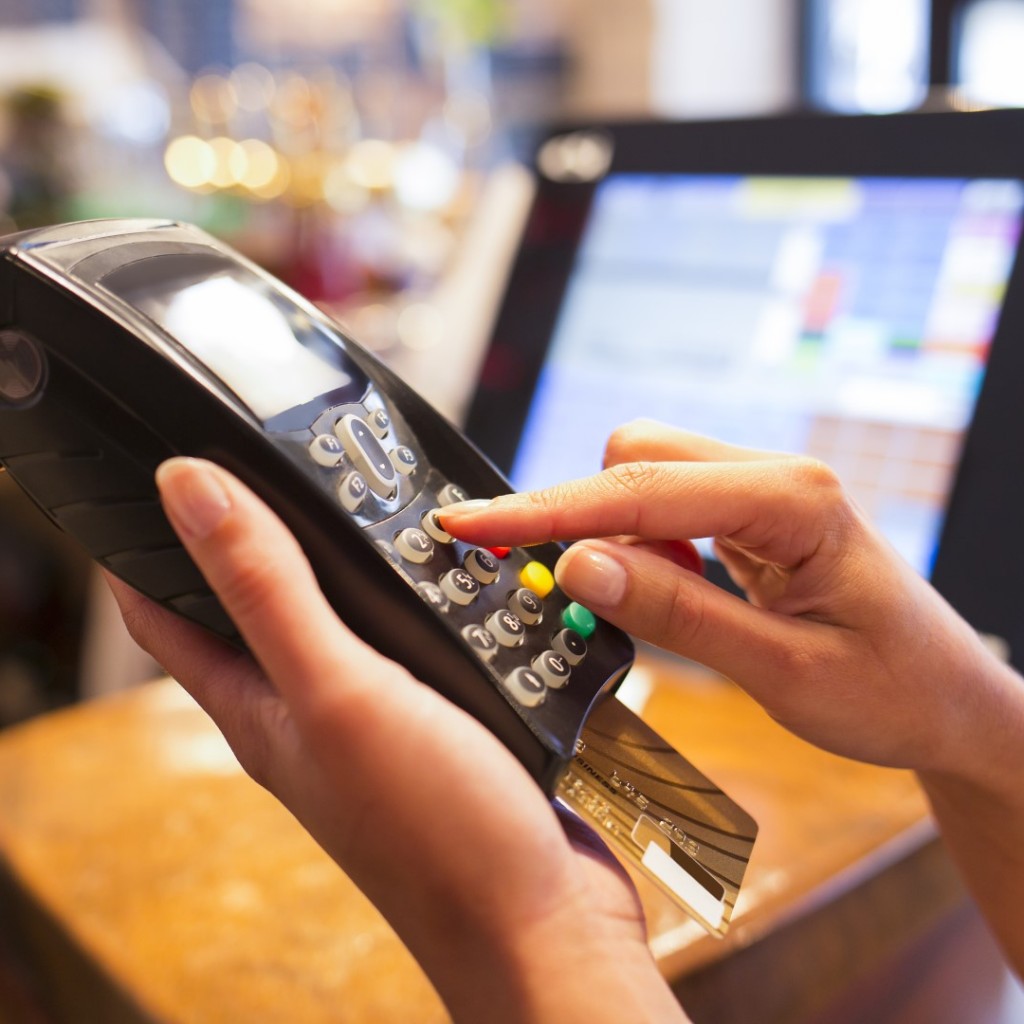
With the holiday shopping season entering its twilight hours, retailers have turned their attention to preventing fraudulent returns.
The Florida Retail Federation expects total annual returns to hit $260.5 billion this year, including $9.1 billion worth of fraudulent returns. Holiday returns alone are estimated to account for $2.2 billion in fraudulent returns, the group said, up from $1.9 billion in 2014.
“Due to the spike in retail fraud that takes place this time of year, we can’t stress enough for retailers to be even more cautious when it comes to handling gift returns,” said FRF President and CEO Rick McAllister. “And for consumers, it’s important to keep track of all receipts and documentation pertaining to a gift you’ve given or received to ensure your return process is a smooth one.”
According to the National Retail Federation’s most recent Return Fraud Survey, 92 percent of retailers have had a consumer attempt to return stolen merchandise, making it the most common form of return fraud, followed by “wardrobing,” the return of used, non-defective merchandise. About three-quarters of retailers polled said they have dealt with that tactic in the past year.
While certain types of return fraud, such as items purchased with counterfeit money or by store employees, have dropped in the past year, there has been a jump in e-receipt fraud. About 34 percent of retailers said they have had attempted returns with counterfeit digital receipts, compared to 18.2 percent in 2014.
Saving those receipts is more important than ever, though. The trade group estimates 10 percent of returns without a receipt are fraudulent and 85 percent of respondents said they will require an ID for returns without a receipt. Just 70 percent said the same in 2014. Additionally, most retailers limit the number of returns a consumer can make without a receipt within a year.


